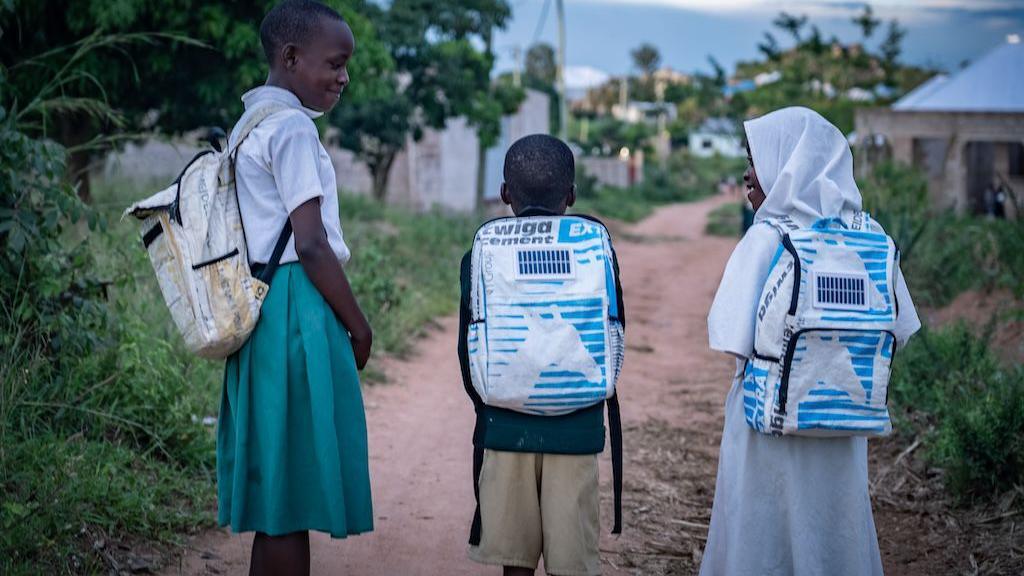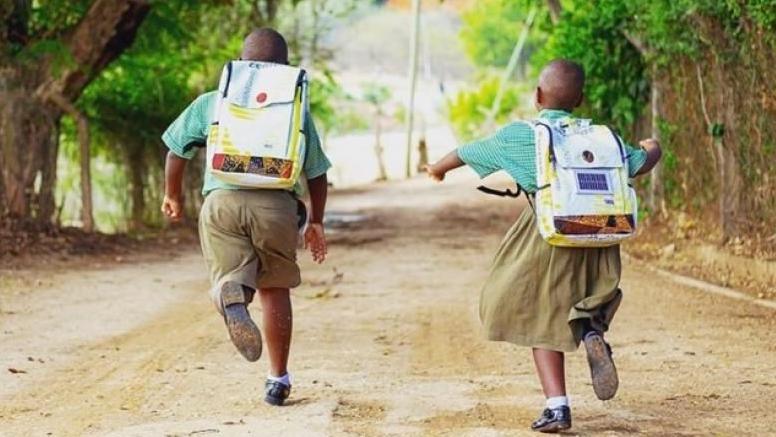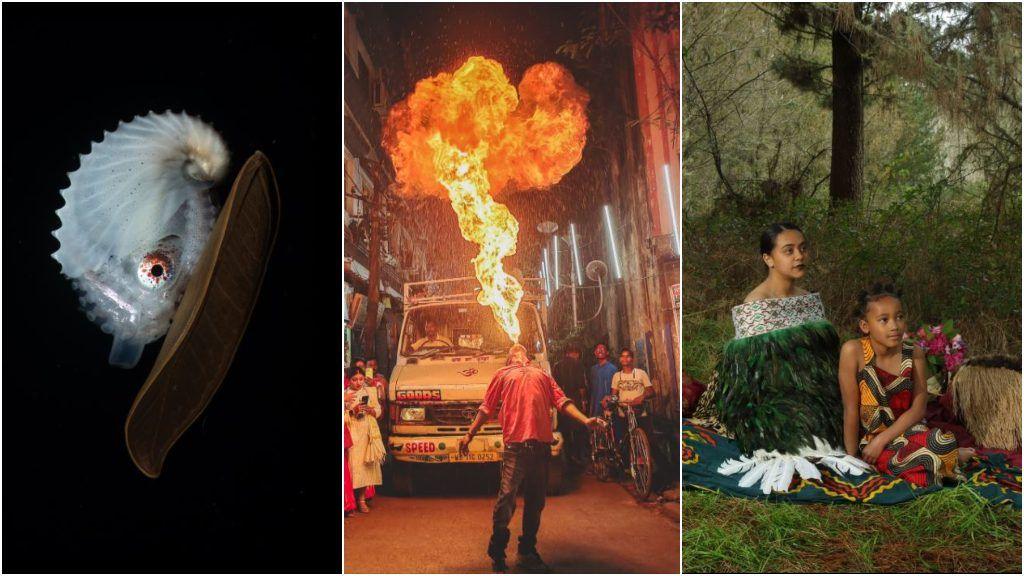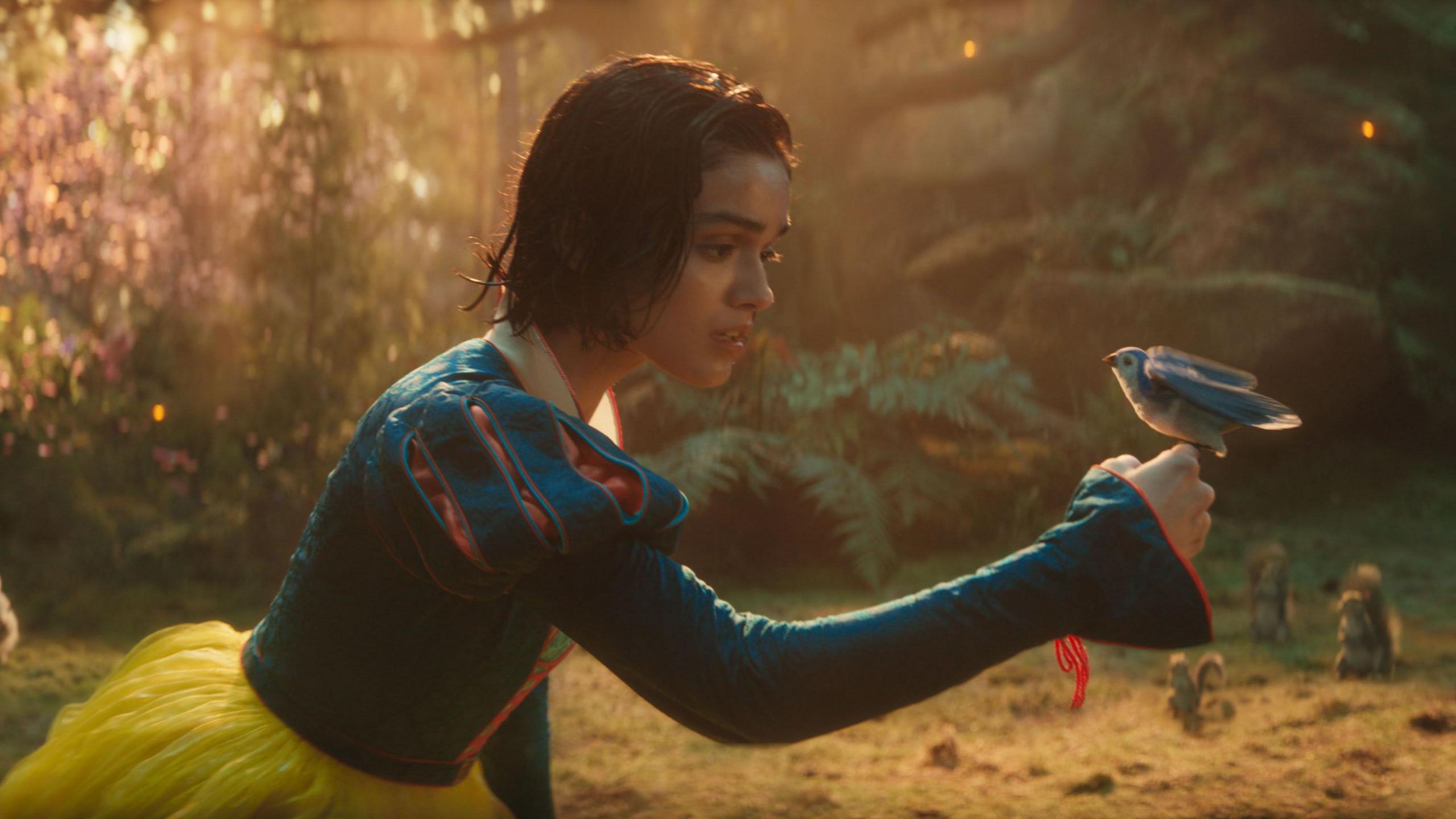How solar backpacks are helping kids to read

- Published
Learning to read after school can be tricky enough when the lights are on, but imagine trying to do your homework without any light at all.
This is the situation school children in rural parts of Africa can find themselves in, with some families having to burn expensive and polluting oils in lamps so their children can learn at night.
Now an organisation is using that energy to help children read after dark in Tanzania - by using their backpacks to power a reading light.
And they're using solar power, that's gathered free from the Sun.
More stories about the wonderful world of reading
Do you like to read for fun?
- Published17 January 2024
Quiz: Do you know what these old words in books mean?
- Published31 May 2024
UK Children's Laureate: Who is Frank Cottrell-Boyce?
- Published2 July 2024
How do the solar powered backpacks work?

Inventor, Innocent James, grew up in a rural community in Tanzania and understands the challenges children face without electricity.
Many homes in Tanzania aren't connected with electricity, less than a third in rural areas, which can be a big barrier to children getting an education.
He says the backpack idea came when children he was doing reading groups with returned books to him unread, as in the evening they didn't have light to read them.
He began making the solar-powered backpacks from recycled materials, including cement bags, and traditional African fabrics.
A solar panel was sewn into the bags which, fully charged, could to provide up to eight hours of light and then re-charge on the walk to school. So one day of bright weather could allow for several nights of reading.
He's been given support from the UN Development Programme for his company, which has also been given a Points of Light award by the UK government for helping 21,000 children.
More top Newsround stories
- Published22 January

- Published21 January

- Published21 January

